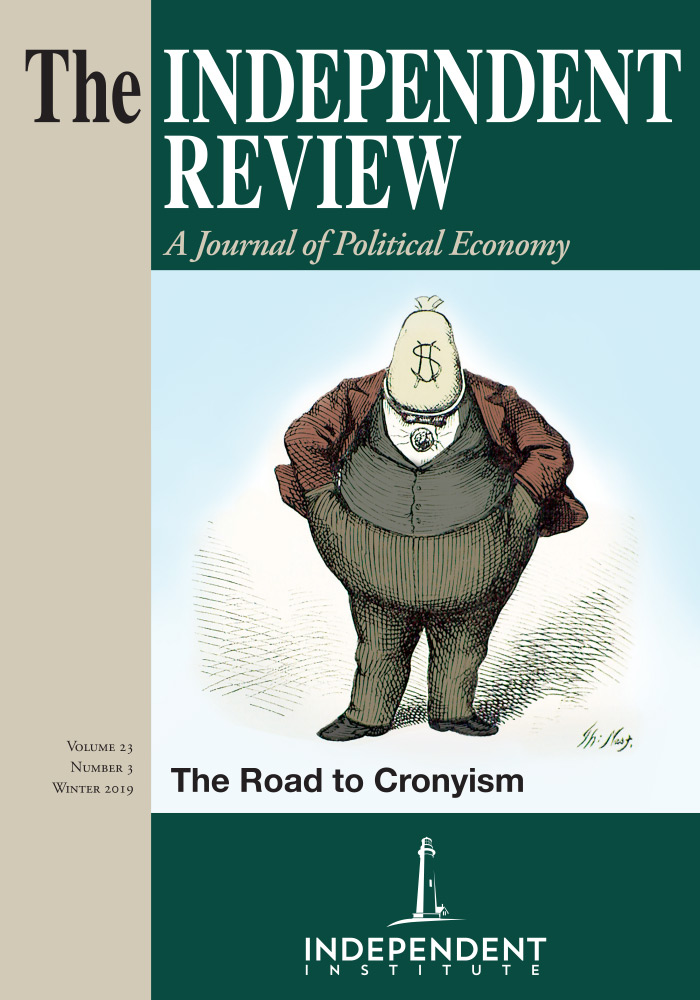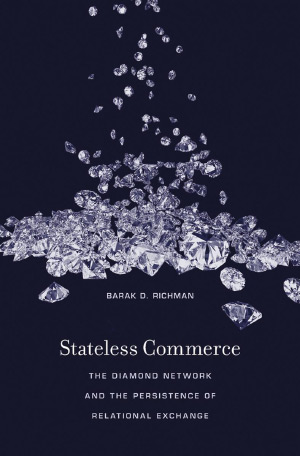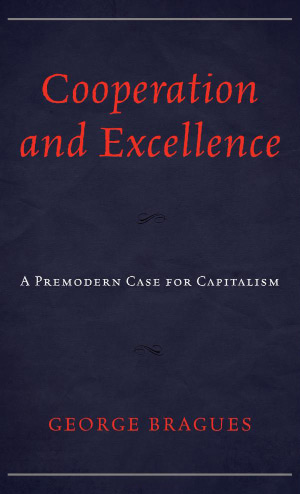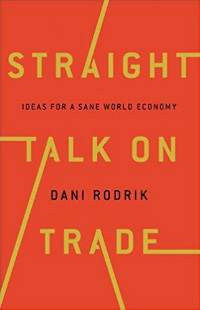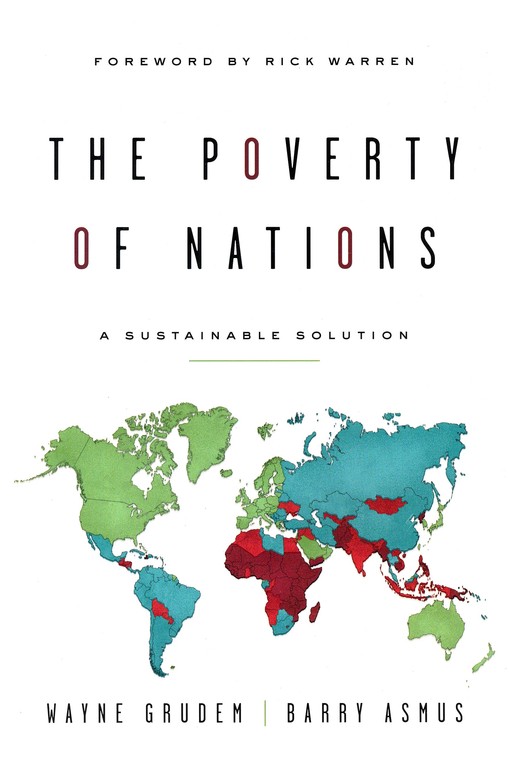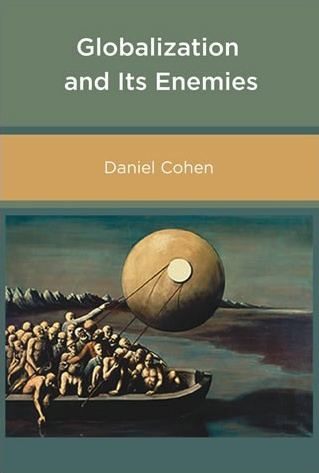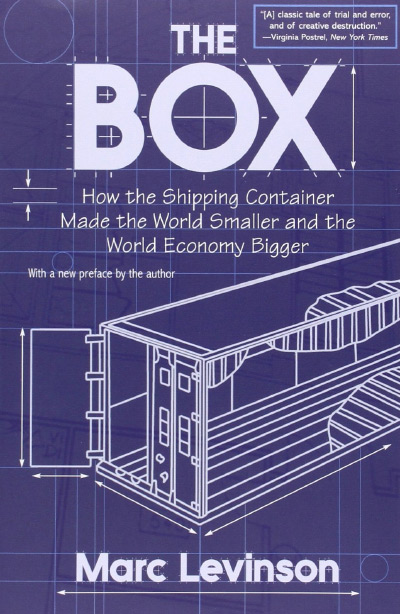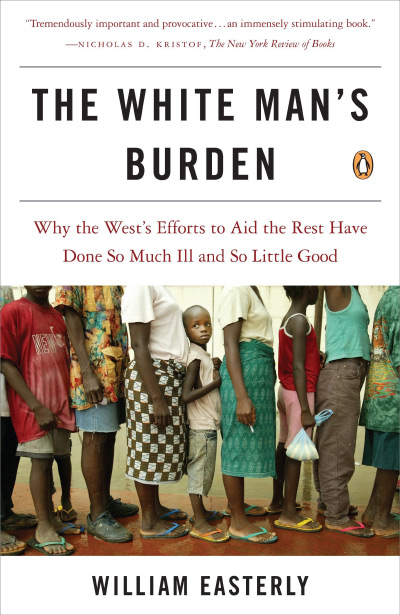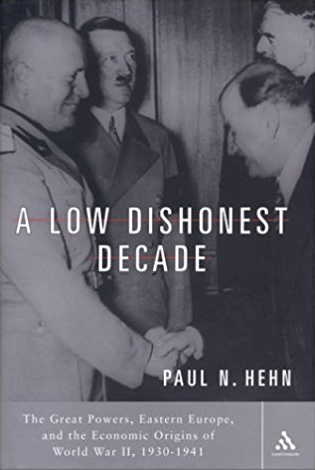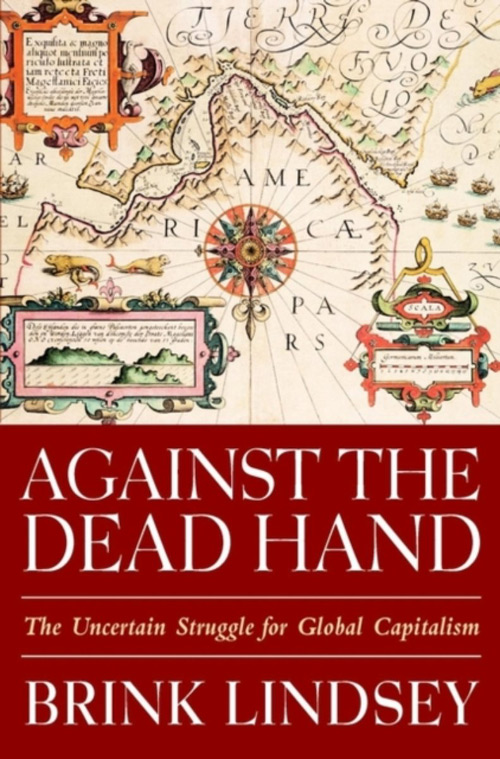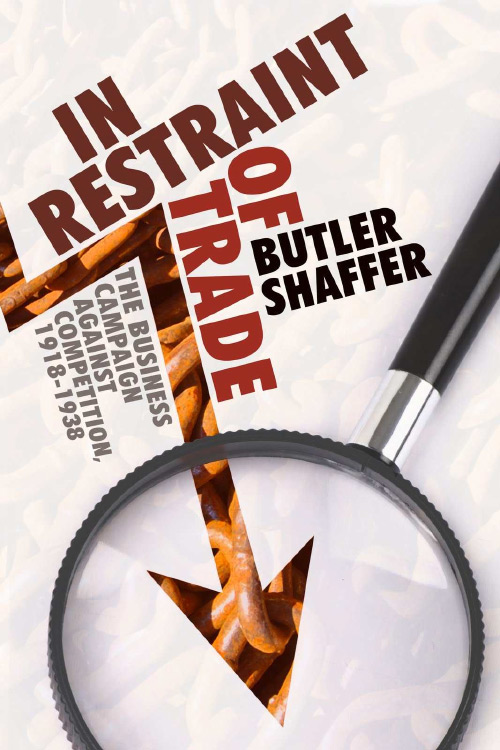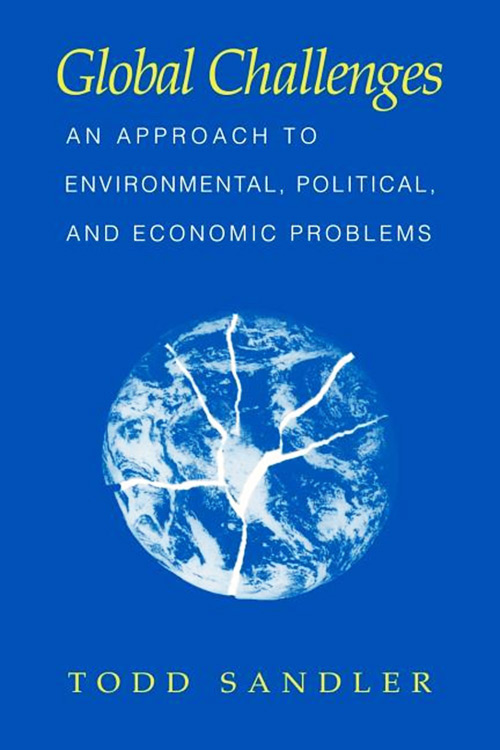Are diamonds an economics lecturer’s best friend? Ask any students their preference between a lecture on the diamond market and a lecture on any other commodity. With a history involving Cecil Rhodes, De Beers, Audrey Hepburn, James Bond, the Hope Diamond, and expropriated tiaras that financed revolutions, their choice is clear—even before they consider the most exotic feature of the diamond market.
This exotic feature is utopia—the long-held dream of a world of trustworthiness without opportunism, where exchange depends neither on the law nor on the shadow of the law and the state withers away. Often advocated, sometimes attempted, inevitably a failure—or so we thought. It turns out that an approximation of this utopian world has existed in the diamond market for much of a millennium. In Stateless Commerce, Barak D. Richman describes the circumstances under which this world arose and the social, economic, and religious elements involved. He offers new observations and insights into this fascinating world and builds further on the work of Lisa Bernstein.
Diamond commerce is quite different from trade in most commodities. Diamonds are small, durable, easily disguised, and highly valuable. A pound of diamonds can be worth more than $30 million. They are heterogeneous and thus require specialists to ascertain their potential, cutters and polishers to prepare them, and much geographical movement to reach their highest-valuing final buyers. In the long supply chain from the mine to the final purchaser, each transaction involves substantial costs.
Identifying individual diamonds is also very costly, so stolen diamonds can easily cycle back into the supply chain. At any point in the supply chain, an individual with physical possession can take the diamonds and run. Thus, any conventional firm in this industry faces extremely high employee-monitoring costs, given that an individual employee possesses untraceable merchandise worth $30 million a pound. These costs also affect the credit market. Diamonds sold on credit place a potential purchaser in a very tempting position and put the creditor in a very vulnerable one. Self-financing by specialists to overcome this credit problem is difficult. Cutters, polishers, couriers, and most others in the supply chain do not have the resources or the expertise to handle million-dollar transactions.
Courts of law normally play an enforcement role that lowers transaction costs, but Richman argues that this is not an option in diamond commerce: “Modern courts and state-sponsored law enforcement, which we rely on to secure contract and property rights, can do virtually nothing to secure a diamond executory contract” (p. 38). Enforcement of property rights is problematic if the specific property cannot be identified. And adjudication of disputes requires highly specialized expertise in identification, measurement, and standards in the diamond trade, expertise that conventional courts lack.
What are the alternatives? One option is to limit all tasks in the trade to an individual or small family group. This limitation reduces monitoring problems but also removes the gains from specialization. It also constrains the functioning of external credit. Retail diamond sales annually are $72 billion worldwide and involve very geographically dispersed individuals; hence, purely personalized knowledge or familial ties are insufficient.
Given that so many geographically dispersed individuals are involved in diamond commerce and that any individual can know only a few others well, participants need to know impersonally who is knowledgeable and reliable. Is this bag of diamonds as described? Will I get my trade-credit money back? Who will reliably transport these diamonds? What agreements and individuals are credible?
Richman argues that the actual solution involves the evolution of private mechanisms:
If private mechanisms can credibly threaten to impose sanctions on a large number of merchants and thus induce them to comply with their commercial obligations, the merchant community can achieve levels of competition, volume, and scale economies that can sustain a viable market. In short, if a merchant community can create what could be called “impersonal personal exchange” then it might be adequately efficient to sustain itself into the era of modern courts. Creating such a system, however, requires a robust collection of institutions. (p. 41)
How specifically has this system played out? The diamond market is an example of a common historic development: a community, often religious, that creates cooperative networks and self-enforcement mechanisms that lower transaction costs and thus create a comparative advantage in some commercial activity. Perhaps the best-known discussion of the links between a religious community and successful commerce is Max Weber’s book The Protestant Ethic and the Spirit of Capitalism (trans. Talcott Parsons [Mineola, N.Y.: Dover, 1930]), but there are many other examples: Quakers, Mormons, Mennonites, the Parsi in India, and the Old Believers in Russia developed mechanisms that facilitated trade. These communities often faced discrimination and had restricted standing in state courts. Individuals in these communities usually incurred high exit costs. This high cost made the common punishment for violating rules—loss of reputation or exclusion from exchange altogether—credible.
For instance, the Old Believers in seventeenth-century Russia who resisted religious reforms lost all their civil rights and were subject to torture and execution. They had no standing in the official courts. Over subsequent centuries, the survivors in their community developed norms of credibility and reliability as well as self-enforcing arrangements and a form of “impersonal personal exchange” that were independent of the formal government. These adaptations lowered their transaction costs in business and credit both inside and outside their community. By 1850, the Old Believers were among the most successful Russian industrialists.
Other groups such as the Quakers have shown similar patterns. The Quakers, persecuted in the seventeenth century, developed a reputation for honesty and credible commitment and by the nineteenth century became highly successful commercially in both England and the United States.
In diamond commerce, certain Orthodox Jewish groups have been dominant for many centuries. Their circumstances and their adaptations regarding the diamond trade correspond in many respects to these other examples. Within the group, being characterized as opportunistic in an exchange or not complying with the private adjudication procedures will result in severe consequences: loss of reputation for one’s self plus bad consequences for one’s children’s careers in the industry and marriage options. Strict standards are required given that the whole self-enforcing system will unravel if only a tiny percentage of traders defect. Membership in the community is well known and visible, marked by dress, rituals, highly circumscribed diet, and socialization. Exit is very costly. While studying this market, Richman visited Forty-Seventh Street in New York City, a major center of diamond commerce. He asked a relatively impoverished participant who was in possession of millions of dollars of untraceable diamonds, “Why not just take the diamonds and go?” The response was, “Where would I go?” Where, indeed?
There are of course other theories about why a particular group dominates a particular economic niche. Monopoly has frequently been invoked over centuries as an explanation for the organization of diamond commerce. It is true that for those outside this religious community, the barriers to entry have been formidable—both for individual outsiders and for other groups that need to set up a self-enforcing system. But the monopoly argument misses the underlying dynamic. Success in commerce can come from lower costs, from coercive power to block entry, or from violence to exclude rivals. The Orthodox Jewish communities were almost always a small religious minority not favored by the state, typically facing both government and societal restrictions. And they did not have a comparative advantage in the use of violence. Furthermore, even with strong state support, monopolies are not usually long-lived, but stateless commerce in diamonds has spanned many countries and centuries. The argument and evidence Richman present here are strong: the portfolio of self-enforcing features within a religious community leads to lower cost.
Additional evidence comes from the recent successful entry into diamond commerce by the Jains of Palanpur, India. In the historic diamond center of Europe—Antwerp—there were twenty-five Jain families in 1937. Today the Jains dominate diamond commerce in Antwerp and in India and handle an estimated 80 percent of diamonds sold in the world. The Jains are an offshoot of Buddhism composing only 0.4 percent of the population of India, and Palanpur is a parched village in Gujarat. Many of the Jains’ social and religious institutions replicate the features of cooperation, enforcement, and high exit cost of the Orthodox Jewish communities. The Jains may be even more tightly knit concerning marriage, dietary, and norm restrictions. Again, this system is followed in a largely stateless way.
This version of utopia produces remarkably high levels of trust and cooperation but is not what most utopia seekers seek. It involves severe restrictions on the individuals participating and imposes major costs on any new group trying to enter. And it can exist only because conventional commerce has high transaction costs.
This form of diamond commerce has been around for a millennium but is vulnerable to changes in technology and measurement. A new artificial-intelligence technology permitting low-cost identification of individual diamonds could radically alter current organizational forms. While clarifying property rights, this new low-cost identification could dramatically diminish the value of marriage, ethnic, and religious bonds as well as the high exit costs for measurement and enforcement.
Differential transaction costs and how groups adapt to these costs provide insight into variation in activity and success around the world. For example, in Southeast Asia the ethnic Chinese groups are typically successful economically. There are many sources for this success, but millennia of experience inside China with dynastic, political, and philosophical hostility to normal commerce have produced much knowledge and experience concerning private arrangements to lower stateless transaction costs. The concept of guanxi—personalized exchange with strong reputational elements— underlies much of what is known as the bamboo network. When the formal system imposes high transaction costs, one’s wealth, status, and security are closely linked with the strength of one’s guanxi. Diamond commerce offers an illuminating illustration of Ronald Coase’s insight concerning the influence of transaction costs on organization form (Ronald Coase, “The Nature of the Firm,” Economica 4, no. 16 [1937]: 386–405).
Different ethnic, religious, affinity groups incur different transaction costs for many reasons, which leads to different clusters of specialization and success. Coase urged economists to open their eyes and look around, to examine commerce on the ground, and to talk with the individuals involved. Barak Richman has done this well. He matches a strong analytical approach with fascinating detail and incorporates excellent case studies to clarify what has been hidden.

